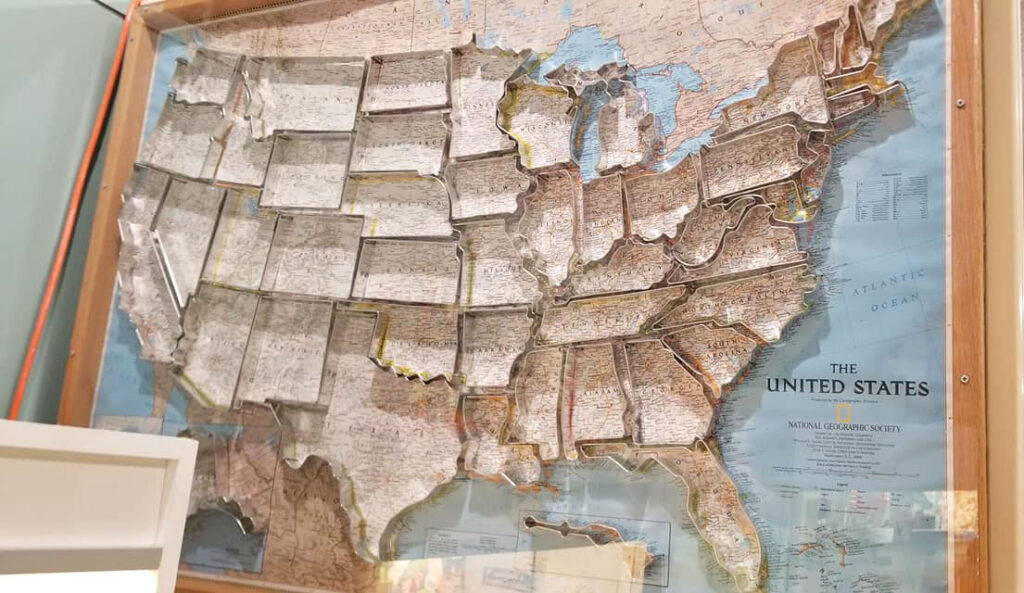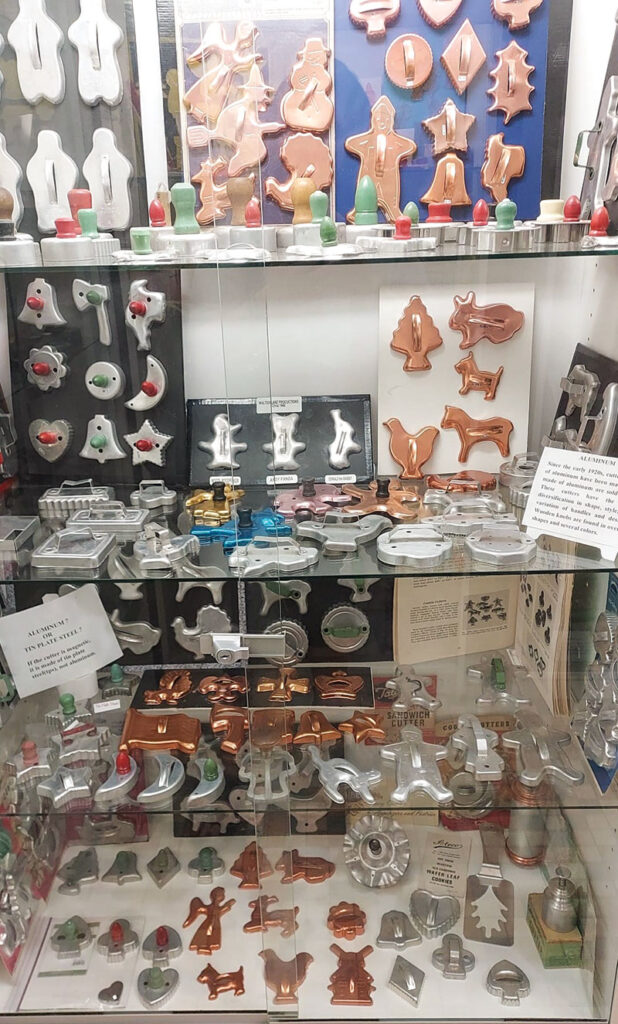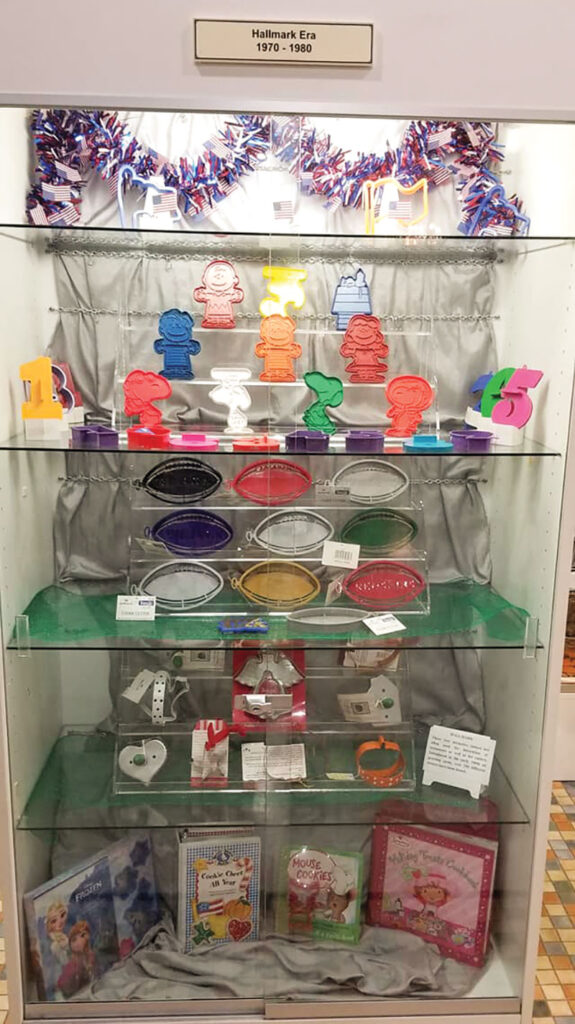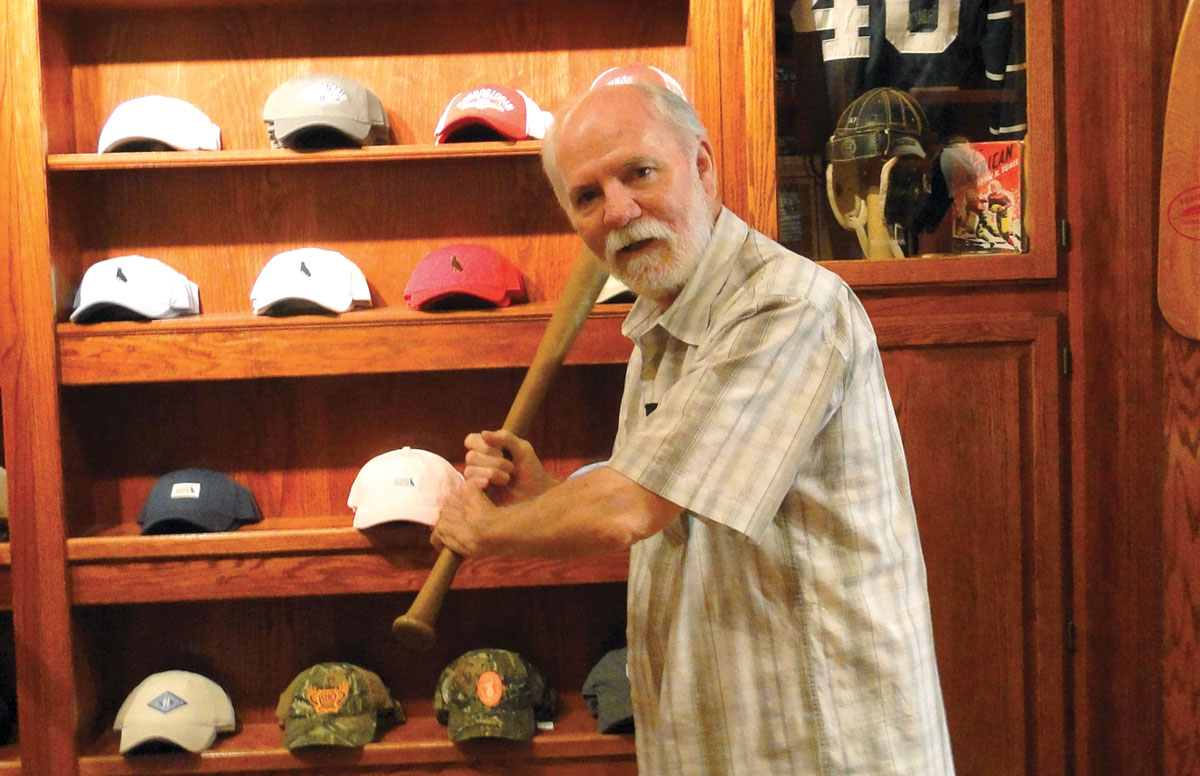
Joplin, Mo., is home to the National Cookie Cutter Historical Museum
JOPLIN, MO. – For Kay Johnson, cookie cutters are historical and tell the tale of the country’s great history.
Kay serves as co-curator for the National Cookie Cutter Historical Museum in Joplin, Mo.
“The purpose of the Cookie Cutter Collectors Club is to share information with others who are also interested in cookie cutters and cookie-related subjects,” Kay said.
“You can trace the history of our wonderful country with cookie cookers. Original cutters were in the shapes of farm animals and eagles – then they progressed to card suits – like diamonds and spades – because it was their pastime to pay cards.”

Aluminum cutters were popular in the 1920s, she said.
“People were ecstatic to have aluminum cutters,” Kay explained. “The cutters had a red knob.”
Cookie cutters evolved to a plastic material in the 1940s with an interior impression.
“This allowed a mother to make cookies without decorating them,” Kay said.
Hallmark cookie cutters were popular in the 1960s, followed by collection pieces like “Elf on a Shelf”, “Peanuts”, and “Star Wars.”
The National Cookie Cutter Museum has many display cases, each containing a collection of different cookie cutters. Some of those display advertising cutters, tinsmith’s cutters and cutters from many countries, she said.
The museum is housed in the Joplin History and Mining Museum.
The club is working with the Joplin Tourism Center to raise money for the community’s 150th anniversary by selling specially made Iris Cookie Cutter, she said.
A “Paint Your Own Iris Cookie” event was held where children were allowed to decorate Joplin Iris cookies.
A free plastic cookie cutter is given to any visitor, especially school children, scout troupes, or anyone who desires a cookie cutter who visits the museum, Kay said.
The National Cookie Cutter Historical Museum hosts a growing archive of cookie-cutter-related materials, newsletters, advertising offers and other items of interest to collectors in the cookie-cutter field.
The museum is supported by the Cookie Cutter Collectors Club.

“We research, record and share data regarding the history of cookie cutters,” Johnson said. “We also share new things related to cookies, cookie decorating, and baking.”
The group gets together to show and swap cookies and cookie cutters, she said.
“For many collectors, a cookie cutter collection starts small, maybe with cutters that mom or grandma bring out for the holidays,” Johnson said.
Kay, a retired teacher often used cookie cutters in her math classes.
“When the students would accomplish certain tasks we would use the cookie cutter on a slice of cheese for a snack,” Johnson said.
There are several regional cookie-cutter collectors’ groups across the country.
Every two years a three-day convention is held and the group published a quarterly newsletter. The 2023 convention is slated for June 7-9 in New Orleans. The 2021 convention, “Mermaids and Mariners”, was held in Virginia Beach, Va., and more than 20 attendees joined virtually via Zoom.
Presentations were made by tinsmiths, cookie decorators, specialty bakers and cookie artist Julia Usher.
“Each year we sponsor an exclusive Cookie Cutter Week cutter that is available to members for purchase,” Johnson said.
The Joplin History and Mining Museum is open from 10 a.m. to 5 p.m. from Tuesday through Saturday. Admission is $5.
The museum is located at 504 S. Schifferdecker Ave.







